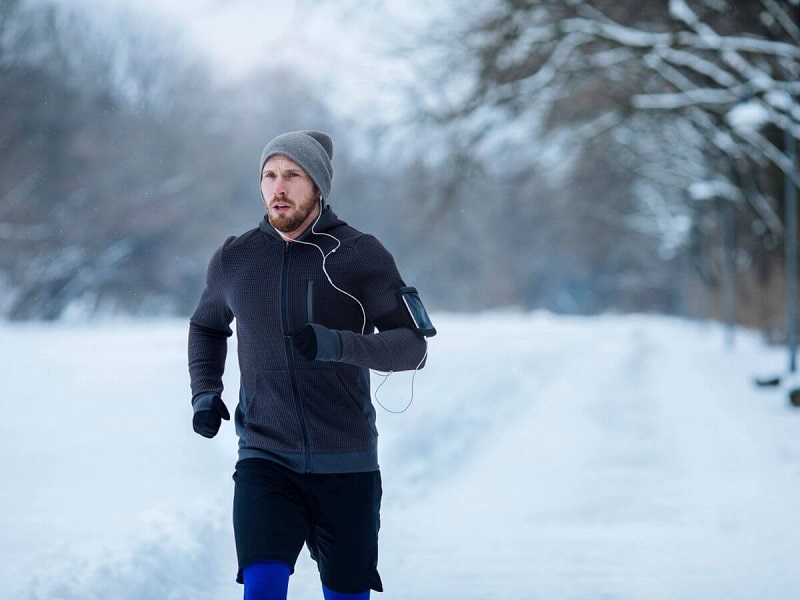As the cold weather sets in, the idea of working out might seem less appealing, but don’t hang up those sneakers just yet. Exercising in the cold comes with a set of unique advantages that can elevate your fitness routine. Let’s dive into the chilly realm of workouts and uncover why embracing the cold might be the secret to a healthier, more invigorating exercise experience.
Invigorating Atmosphere: A Breath of Fresh Air
Exercising in the cold offers an invigorating atmosphere, akin to a breath of fresh air for your fitness routine. Picture it as a frosty adventure, where the crisp air awakens your senses and infuses your workout with a revitalizing energy. Say goodbye to stuffy gyms and hello to the great outdoors.
Calorie Torch: Turning Up the Burn
Cold weather can be your ally in the battle against calories. Think of it as turning up the burn on your body’s internal furnace. When temperatures drop, your body works harder to stay warm, leading to increased calorie expenditure. It’s like giving your metabolism an extra boost, helping you torch those calories more efficiently.
Running in the Cold: A Cardio Chill
Running in the cold is a cardio chill that goes beyond the typical treadmill experience. Imagine it as a journey through a winter wonderland, with each step providing a refreshing burst of energy. Layer up, hit the pavement, and let the cold air fuel your run for a cardio session that transcends the ordinary.
Cold-Weather Strength Training: Frosty Muscle Activation
Cold-weather strength training is like frosty muscle activation, bringing a new level of intensity to your workout. Whether it’s lifting weights or engaging in bodyweight exercises, the cold air enhances blood circulation to your muscles, promoting better performance and recovery. It’s strength training with a chilly twist.
FAQs: Addressing Cold-Weather Workout Queries
Q: Is it safe to exercise in extremely cold temperatures?
A: Yes, it’s generally safe to exercise in extremely cold temperatures, but it’s crucial to dress appropriately, stay hydrated, and listen to your body. Avoid prolonged exposure and extreme conditions.
Q: Should I warm up differently for cold-weather workouts?
A: Yes, warming up is essential for cold-weather workouts. Begin with dynamic stretches to increase blood flow and flexibility, preparing your body for the lower temperatures and reducing the risk of injury.
Q: Can cold-weather workouts improve my immune system?
A: Regular exercise, including cold-weather workouts, can positively impact your immune system. However, avoid intense workouts if you’re already feeling under the weather, as rest is crucial for recovery.
Q: What clothing is best for cold-weather workouts?
A: Dress in layers for cold-weather workouts, starting with moisture-wicking base layers, insulating mid-layers, and windproof outer layers. Don’t forget gloves, a hat, and thermal socks to keep extremities warm.
Q: Are there specific precautions for outdoor workouts in cold weather?
A: Yes, when exercising outdoors in cold weather, take precautions such as staying hydrated, protecting exposed skin, and being aware of signs of frostbite or hypothermia. Adjust your workout intensity based on the conditions.
Conclusion
Working out in the cold is more than just a winter trend; it’s a gateway to a refreshing, calorie-torching fitness experience. Whether you’re running through the frosty air or engaging in strength training with a winter breeze, embracing the chill can transform your workouts into invigorating adventures.





